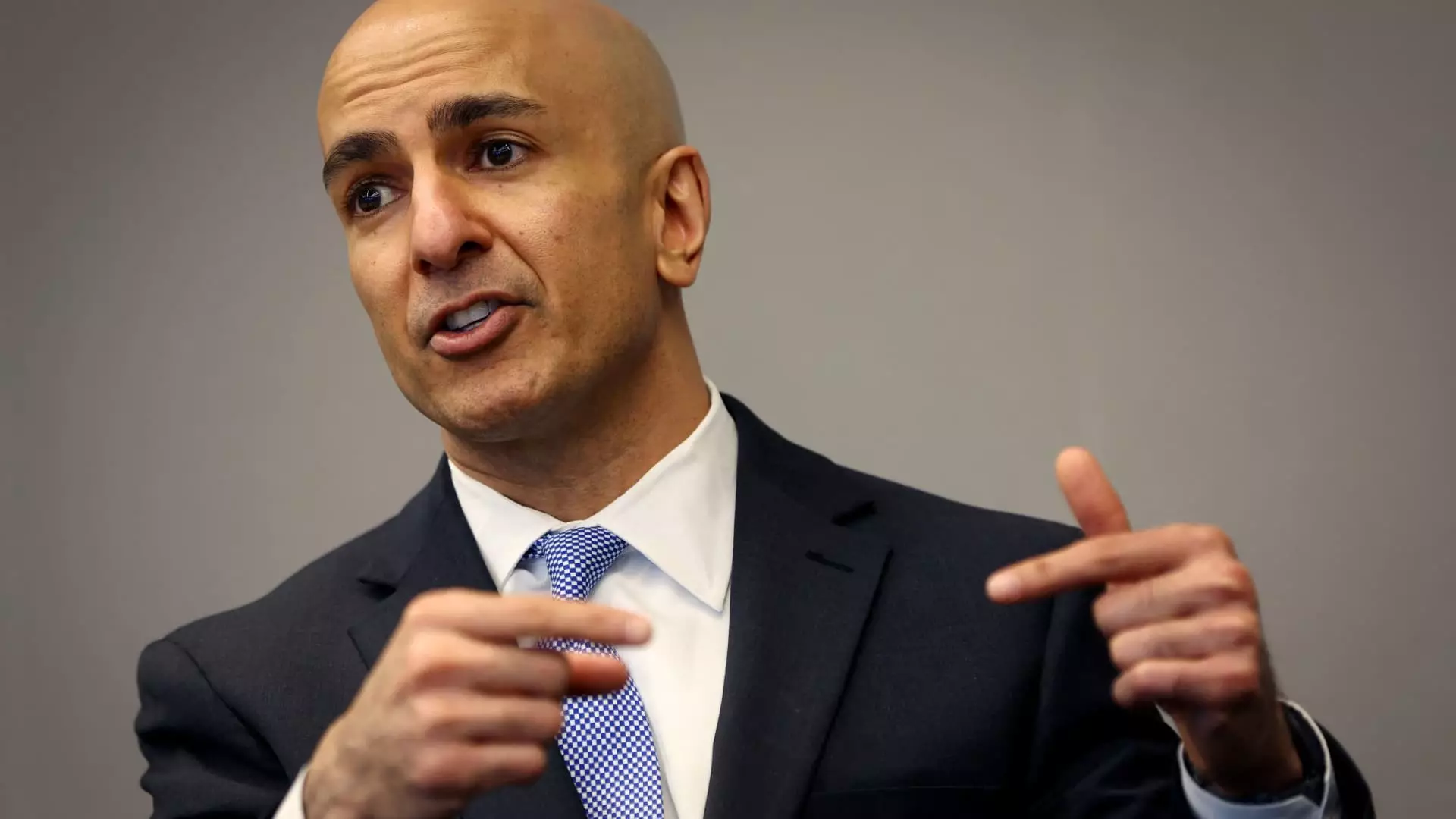The stability of the U.S. stock market is currently under scrutiny as it experiences a measure of growth influenced by the recent actions of the Federal Reserve (Fed). After last week’s dramatic decision to implement a half percentage point rate cut—a significant move not seen since 2008—investors are attempting to navigate newly established terrain. Despite only modest increases in key indices such as the S&P 500, Dow Jones Industrial Average, and Nasdaq Composite, the Dow achieved a new record close. This subtly indicates that investor confidence is resilient, at least in the short term, but a closer examination reveals an underlying caution among traders.
Looking forward, the market’s response to economic indicators will become increasingly critical. A key measure to pay attention to may be the Conference Board’s consumer confidence reading scheduled for release soon. Should the numbers suggest weakness in consumer sentiment, stock volatility could escalate as investors adjust their strategies in anticipation of the Fed’s upcoming decision in November. Rising anxiety about potential economic downturns is palpable, creating a layered complexity in the current trading atmosphere.
The Fed’s communications in the wake of its recent rate cut present a tapestry of divergent viewpoints among its officials. While Minneapolis Fed President Neel Kashkari signaled a preference for reverting to more conservative 25 basis point adjustments, he added a caveat: future actions would depend on forthcoming economic data. Meanwhile, Atlanta Fed President Raphael Bostic—who holds a voting position this year—expressed a more aggressive outlook, suggesting a potential acceleration of the normalization of monetary policy. This divergence complicates the landscape for investors, who are eager for clues on how monetary policy might unfold in these uncertain economic times.
As such, the market is left in a delicate balancing act, weighing the implications of the Fed’s mixed signals. The uncertainty surrounding future rate cuts can lead to cautious investment strategies as traders prepare for a myriad of possible outcomes based on economic performance.
In stark contrast to the fluctuating stock market, the electric vehicle (EV) segment is witnessing significant growth, particularly for General Motors (GM). The auto manufacturer’s recent report of a 70% increase in EV sales in July and August signifies that their pivot toward electric mobility may finally be paying off. With 21,000 EVs sold in the U.S. alone during this period, GM appears to be gaining traction in an area where traditional automakers have historically struggled in competition with Tesla.
The company’s broad price range for electric vehicles—from budget-friendly options around $35,000 to luxury vehicles reaching $300,000—illustrates its strategy to capture a diverse market. GM’s optimism, voiced by global markets president Rory Harvey, underscores an aggressive approach to expand its EV footprint. This momentum not only demonstrates a significant business development for GM but also highlights a broader shift in consumer preferences towards sustainable vehicles.
Meanwhile, the airline industry is not without its challenges. Southwest Airlines, facing pressure from activist investors, is navigating through a period of substantial transformation. The carrier is contemplating “difficult decisions” that may shape its leadership and operational strategy as it seeks to enhance profitability. The strategic adjustments made so far—including implementing assigned seating and expanding visibility on popular travel websites—indicate a response to evolving consumer behavior and growing competition.
Southwest’s upcoming investor day will be a crucial event, potentially revealing further details about its plans for revamping the network and its service offerings. The company’s goal to align operations with modern market demands reflects a broader industry trend, pushing airlines to innovate and reconsider how they engage with customers in an increasingly competitive environment.
Lastly, Foot Locker is at a pivotal moment as it celebrates its 50th anniversary. The retailer, renowned for its sneaker offerings, is attempting to revitalize its brand while facing the headwinds of a rapidly changing retail environment. With the recent boost in comparable sales for the first time in six quarters, the company must now consider whether its specialized model can adapt to the pressures of e-commerce and direct-to-consumer sales strategies that many brands are now adopting.
As Foot Locker endeavors to enhance its store presence and rethink its partnerships—particularly with influential supplier Nike—the question remains: can it not only survive but also flourish in this new retail era? The next steps taken by the company will be scrutinized closely by both investors and consumers, searching for signs of a successful turnaround.
As the landscape of U.S. financial markets and various sectors evolves, investors must stay alert to shifting dynamics, whether from the Fed’s monetary policies, the burgeoning EV sector, or challenges facing traditional retail and airline operatives. Each development carries significant implications that could shape investment strategies in both the short and long term. The intertwined nature of these factors highlights the need for comprehensive analysis in navigating today’s multifaceted economic environment.


Leave a Reply